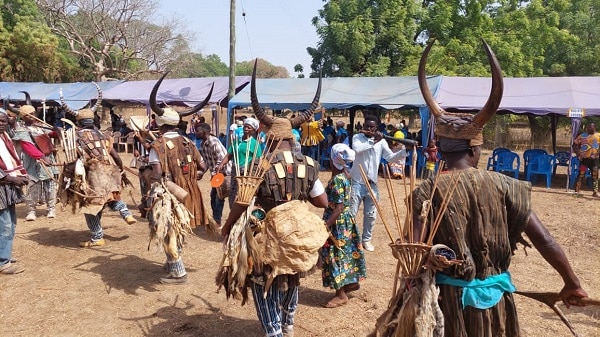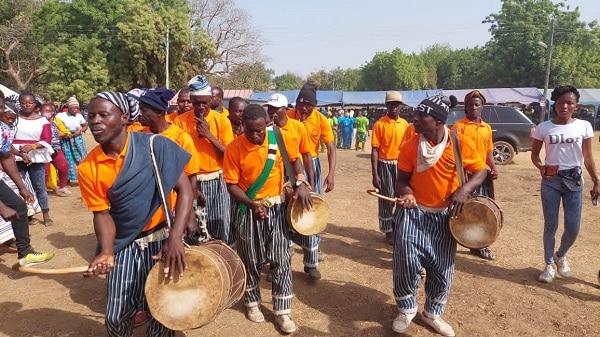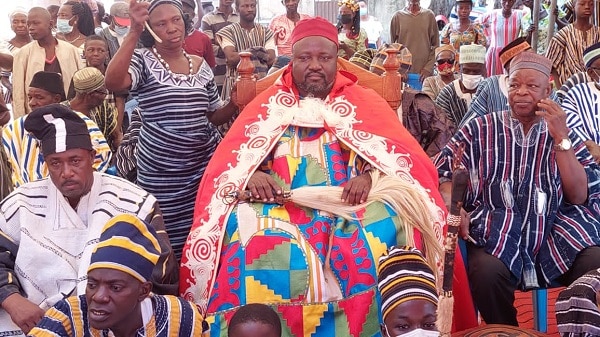The Fao festival is celebrated by the chiefs and peoples of Navrongo in the Upper East Region of Ghana.
The Navania culture is rich in traditions and customs, with a focus on agriculture and the annual farming season that takes place over seven months. The Navania calendar includes the names of the months, such as Binduri, Gumgum fogu, Lumwia, Lueru luem, Duum, Parim, Chaara, Dualue, Gwarem, Duaworo, Womudabu, and Fao, which signify different stages of the farming process.
The Navania people hold three important stages in their farming season, including the Kosigri festival, which is a solemn period where prayers are made to God through the ancestors for rainfall to support crop growth and prevent drought and famine. The Mokweka/Gakweia festival is a thanks-giving ceremony to God and the ancestors for giving the people good health and material blessings through hard work. The Fao is the final stage of the farming season and is a celebration of thanksgiving for a bountiful harvest.

During the farming season, there are various rituals and ceremonies that take place to ensure the successful growth of crops. One such practice is the visit by the Tigatina to the “Voro” soothsayers or diviners to learn about the ancestors’ desires. Then a prescribed sacrifice is made to indicate that the crop is tasseling (pregnant). To prevent any miscarriage of the pregnancy, a ban on noise is imposed, and ash is placed around farms to prevent the evil eye. Any violation of the ban goes with a punishment.
Modern times have seen the introduction of the public celebration of Fao in Navrongo, which was introduced by the colonialists in 1927. The first festival was met with suspicion against the white man, but it continued until it lapsed and was reactivated in 1988 under the leadership of Navro-Pio Asagipari (Dr. Augustine Atudiku Balinia Adda). The celebration is important for its unifying role, allowing people to exhibit their culture and discuss developmental issues affecting the town.

Today, the Navania culture is an attraction for eco-tourists. Projects involving private and public partnerships could help develop playgrounds and picnic areas, lagoon swimming facilities, sailing and fishing, cycling, beach volleyball, and jogging as sports to attract local recreational tourism. An opportunity also exists for turning aquatic reeds harvested by women into bags, mats, and other handicrafts that will provide alternative livelihoods to generate income, especially for women. There are native dances such as agbadza, gahu, atsiagbekor, babasiko, and misago, as well as salt mining, which is a special skill of tourist attraction.






































